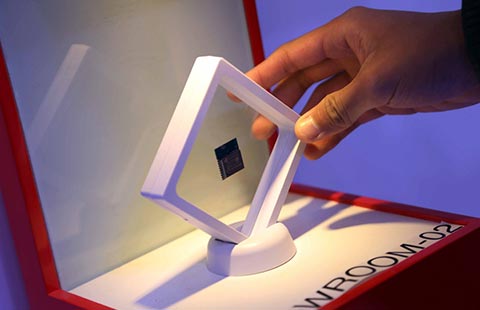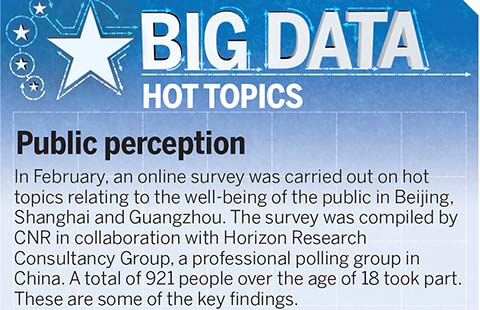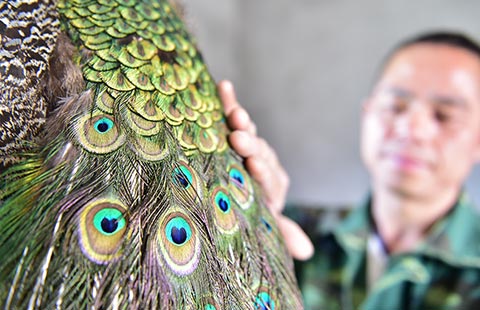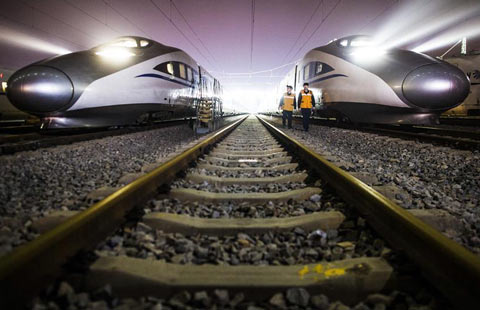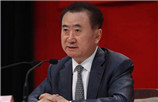Battery breakthroughs sought
By Hao Yan (China Daily) Updated: 2016-02-29 14:12He calls for the market to be rationalized, in terms of the number of players, as at present the good and the bad exist side by side. He is also concerned that a serious incident might be a setback for the industry.
Yale Zhang, general manager of Automotive Foresight (Shanghai) Co, said: "The new guideline and ternary lithium ban are to improve safety, especially for public transportation electric buses.
"Lithium iron phosphate batteries aren't a fire or explosion hazard in a collision like ternary lithium batteries. They also have a larger number of cycles than ternary lithium batteries. However ternary lithium batteries have a higher capacity and longer life."
As a pure electric taxi driver in Beijing told the writer: "The carmaker claimed a 200 kilometer driving range, but the battery died after a 60 km drive in cold weather, when the temperature fell below zero."
The ministry has set the national threshold output at 200 Wh/kg for passenger car batteries in 2015, and it will be raised to 300 Wh/kg by 2020.
Fraud probe
Among the new set of guidelines, the State Council also announced a crackdown on subsidy fraud following an investigation in January into the NEV sector.
The investigation covered government bodies, manufacturers and business customers, after allegations by some insider insiders that the subsidies for electric buses had been misappropriated.
Their claims were backed up by an investigation earlier this month by The Economic Observer, a Beijing-based newspaper, which found the high subsidies for new energy vehicles and a lack of supervision have given rise to fraudulent behavior.
Yale Zhang of Automotive Foresight said: "Besides non-functioning electric buses, fraud also exists in the construction of charging facilities. There was no clear profit model for the constructors, so they live on subsidies.
"A constructor may buy a piece of land in remote area, and install charging facilities there. Nobody really recharges there, but the company receives subsidies as long as a charging post is installed. A charging post doesn't cost much."
Local media also reported that some charging facilities are damaged and aren't repaired, while some are never put into use.
The central government gives 4,000 yuan in subsidies to local governments for every charging post installed, and the local governments distribute the majority to the constructors, according to the 2014 guideline.
The October guideline said China will complete more than 12,000 new charging stations before 2020, to form a charging network to fulfill the demands of more than a million NEVs.
"The country is in need of charging facilities in communities. But specific compulsory targets and model projects are needed so NEVs are promoted well," Zhang added.
Fan Feifei contributed to this story.
haoyan@chinadaily.com.cn
- The global impact of China's 13th Five-Year Plan
- Chrysler recalls 20,670 vehicles in China
- Chinese investment in Europe, US hit record high in 2015
- Stocks edge down on back of mixed macro figures
- Listed Chinese coal firm issues investor alert due to heavy losses
- China's new growth target realistic: HSBC
- China auto sales down 0.9% in February
- Australia places China high on innovation agenda
